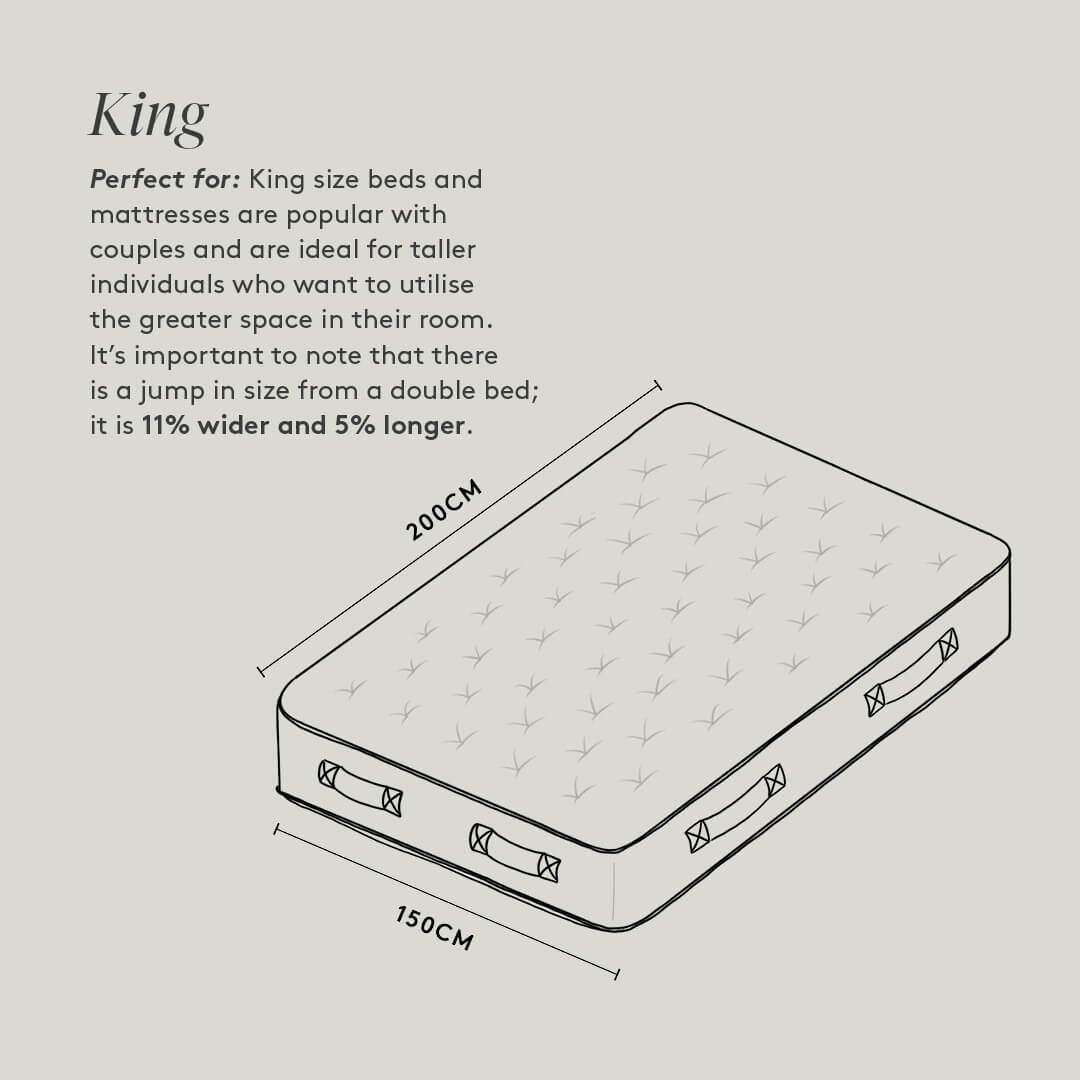This website uses cookies to ensure you get the best experience on our website. Learn more.
Few things make a bigger difference than the calibre of your bath linens when it comes to elevating your ordinary bathroom experience into something truly remarkable. Since 1852, Reed Family Linen has been producing fine linens, and our dedication to quality and meticulous attention to every detail has made us a household name for those looking for the best bathroom linens.
We’ll show you how to choose the ideal bath linens and maintain their beauty in this bath linen guide. Let’s explore the world of luxury linens to learn how to improve your bathing experience.
Table of Contents
- What Is Linen In The Bathroom?
- Types of Bath Linen
- Understanding Luxury Bath Linens
- What Makes Our Bath Linen Special?
- Choosing the Perfect Bath Linens
- Choosing the Perfect Bath Towel
- How to Pick the Perfect Towel
- How To Create A Luxury Bath Towel
- Reed Family Linen’s Bath Linen Recommendations
- Caring for Your Luxury Towels
- Washing Tips for Towels
- Drying Tips For Towels
- Stain Tips for Bath Linen
- Storage Solutions For Your Bath Linens
- Expert Advice from Reed Family Linen
- Reed Family Linen’s Signature Bath Linen Collections
- Conclusion
What Is Linen In The Bathroom?
A wide range of household items, including tablecloths, bedding, towels, bed sheets, and napkins, are made from linen. The term “linen” refers to a variety of fibres, including cotton, linen, and hemp, that are derived from the flax plant. Whatever kind of fabric you select, the end goal with all of these items is to have something absorbent that feels opulent against your skin. You may also want to select items that are fashionable, strong, or both, depending on your needs.
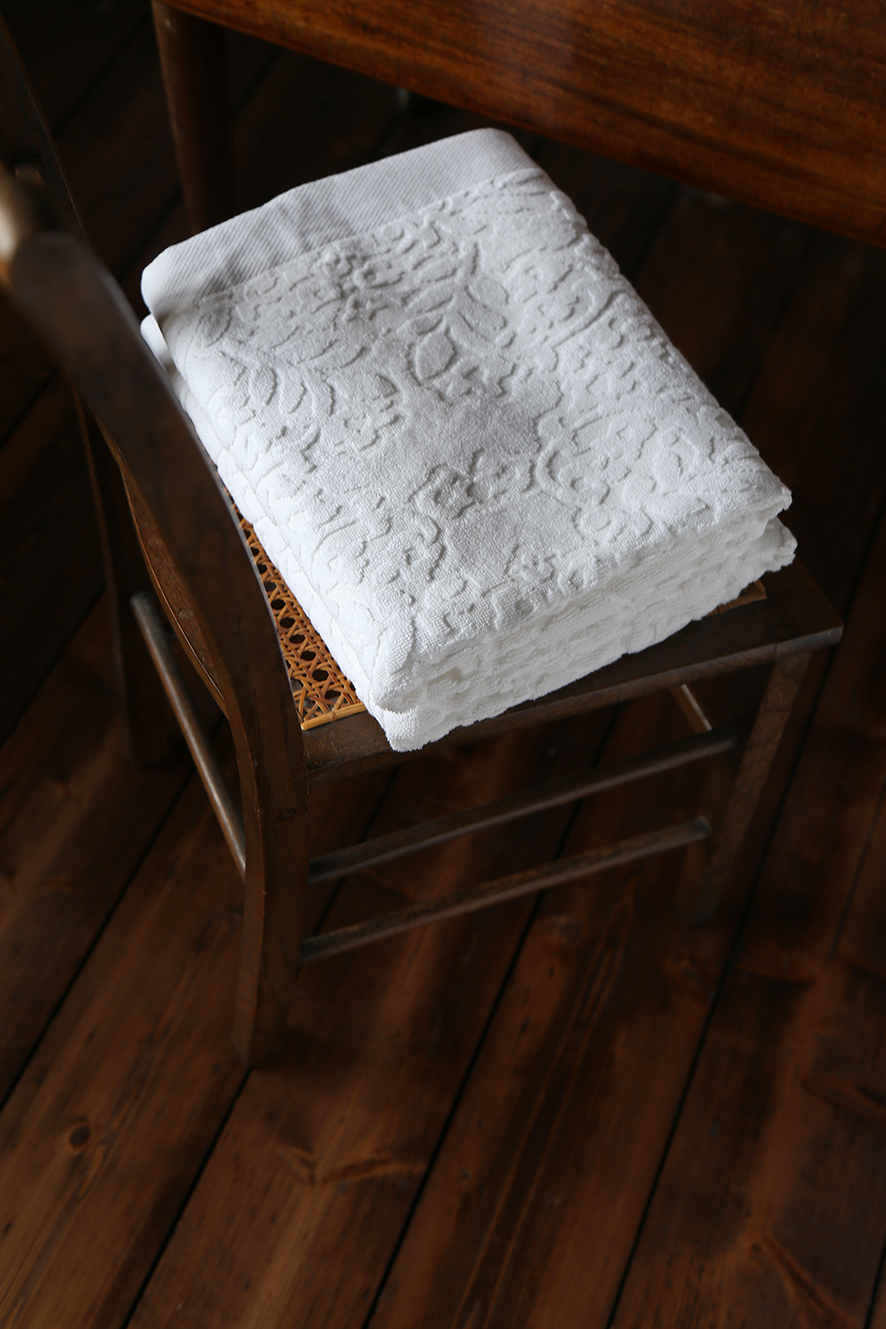
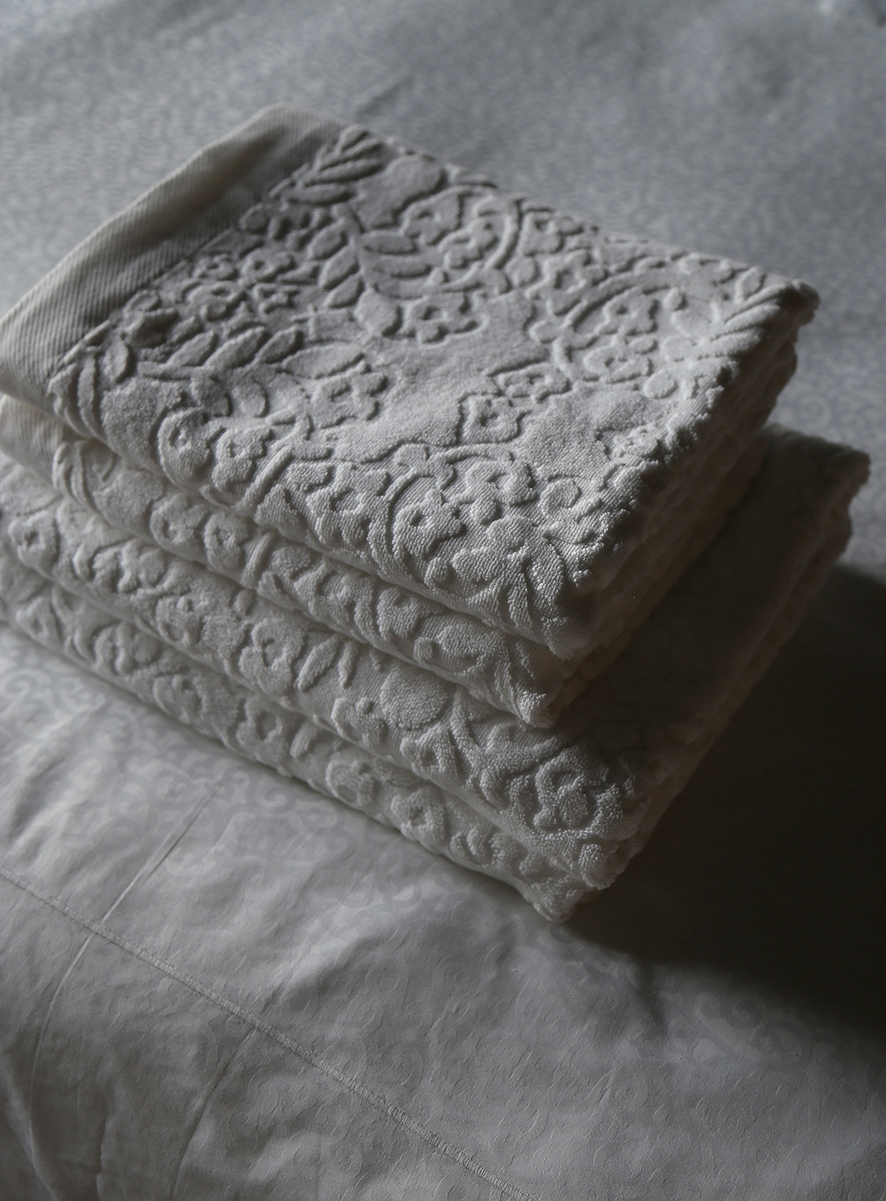
Types of Bath Linen
One of the most essential bathroom items that we use every day is a towel. The following subcategories apply to this absorbent bathroom linen:
Bath Towels
Bath towels should be the foundation of any linen collection. These absorbent towels were created specifically for bathroom use. For them to last, you must select the proper size and material.
Bath Sheets
This is the ultimate in bathroom luxury as it comes in the extra large American size for that further touch of luxury.
Hand Towels
Despite being smaller than bath towels, hand towels are still helpful for drying off. They are typically made of cotton or linen, just like bath towels.
Face Towels
Face towels are made to remove facial products like moisturisers and makeup. They can be used in the kitchen or anywhere else if you need a strong, absorbent towel, even though they are typically used in bathrooms.
Hair Towels
Hair towels are triangular-shaped towels that are frequently made of organic cotton or microfibre. They are perfect for drying wet hair without snagging it or harming the hair because they don’t snag or pull on the hair.
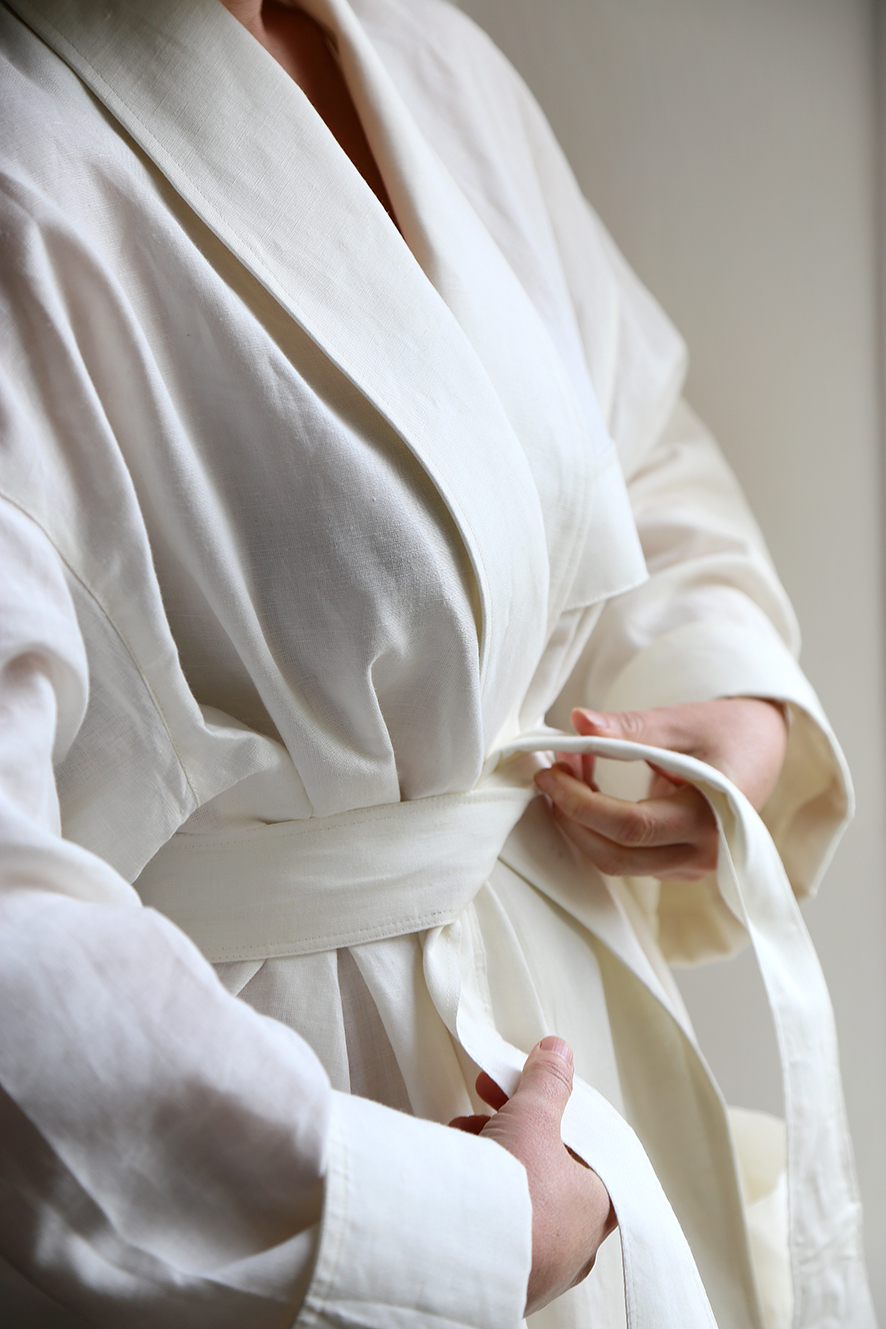
Bathrobes
Bathrobes are an essential part of any bathroom linen collection, just like bath towels. When you get out of the shower, these crisp linen robes will keep your body temperature.
Bathmats
Bathmats are necessary because they reduce the risk of slipping-related accidents in the bathroom. They typically have a rectangular shape and serve to keep your feet off the chilly, moist bathroom floor.
Making the best choice for your bathroom’s bath towels is crucial because it will have a big impact on the room’s decor and your comfort level. Prior to anything else, you must choose the type of bathroom you have. This will have an impact on the kind of linens you select and how you use them. While a modern bathroom may be better suited to more contemporary selections, such as towels with print or pattern, a traditional bathroom may benefit from more traditional styles, such as bathrobes and bathmats. The size of your bathroom is the next thing you should consider.
Even small bathrooms can benefit from the extra luxury of good quality bath towels and bath mats transforming them into him spa’s. Once you’ve considered these elements, you’re prepared to look for the appropriate bathroom linens.
Understanding Luxury Bath Linens
Exceptional Fabric Quality
The foundation of any great bath linen lies in the quality of the fabric. For us, that means sourcing the finest materials that are not only soft to the touch but also highly absorbent. Our journey to finding the perfect fabric is a tradition passed down for generations.
Attention to Detail
Every stitch matters when it comes to crafting the perfect bath linen. The intricate patterns, are part of what makes luxury bath linens a work of art. We’ve dedicated years to perfecting our craft, ensuring that every detail contributes to the overall luxury of the linens.
Timeless Design
When the US Embassy in Paris sought a wedding gift for Grace Kelly’s marriage to Prince Rainier of Monaco in 1957, they turned to Reed’s embroidery factory in Madeira to create a unique tablecloth design, with the artist Max Klein designing the organdy and linen appliquéd masterpiece which we still produce today. Karen Reed took this design from our embroidery archives and transformed it into a rich jacquard bath linen.
What Makes Our Bath Linen Special?
High-Quality Cotton
The core of everything we do is quality. To make our bath linen, we will always hand-select the best cotton yarns. The outcome? Designs that continue to feel incredibly soft and fluffy after each wash.
Luxury Weights
Our traditional bathroom towels have premium 650GSM weights, which makes them extra plush and absorbent. Despite having lower GSM weights than other luxury towels, our towels are light and quick to dry, making them ideal for warmer climates.
Smart Designs
To create collections that withstand the test of time, we combine clever construction methods with smart aesthetics. For instance, ‘low-twist’ technology is used to create towelling loops that are infinitely fluffier, lighter, and faster drying than those found in competing products.
Effortless Wash & Care
All of our bath mats and towels can be machine-washed, but tumble drying is recommended to keep them as fluffy as possible. Wash your towels with your regular detergent for best results, but avoid adding fabric conditioner because it can clog the loops and make your towel lose its softness over time.
Choosing the Perfect Bath Linens
Selecting the right material for your bath linens is crucial. Here are a few options to consider:
- Egyptian Cotton: Known for its superior softness and durability.
- Turkish Cotton: Highly absorbent and quick-drying, ideal for a spa-like experience.
- Pima Cotton: Luxuriously soft and durable, with a silky texture.
- Suvin Cotton: Considered the Queen of cottons which is soft, absorbent and durable.
Each of these materials has its own unique qualities, and the choice depends on your personal preferences and needs. Our brand has crafted linens using all of these materials, and we can attest to their individual excellence.

Choosing the Perfect Bath Towel
Bath Towel Types
Egyptian Cotton Towels
It is important to note that the term “Egyptian” cotton does not signify that the cotton is grown in Egypt but rather that it has a staple length of over 1.75 inches. As a result, Egyptian-type long staple cotton is farmed and produced in other areas of the world just as Sea Island cotton is not only grown in Barbados.
Pima and Suvin Cotton Towels
Pima and Suvin cotton towels can have some of the same qualities as Egyptian cotton towels, but they are less well-known in marketing circles.
The main lesson to be learned from this is that while high-end towels may use the term Egyptian or Pima Cotton, they may only contain 10% of these fibres.
Linen Towels
Long staple linen fibres produce a highly absorbent linen towel with the added benefit of a surface that naturally exfoliates. After a shower or bath, friction towels are excellent for drying and smoothing the skin. Initially feeling quite rough to the touch, they quickly soften after the first few washes and impress with the perfect balance of performance and absorbency.
Bath Towel Weave Types
Luxury bathroom towels are typically woven using one of four patterns:
Terry Weave
The most common material for hotel towels is a terry weave. Large, uncut loops make up this weave, which gives terry towels their strength, softness, and absorption.
Waffle Weave
Raised squares are woven into the fabric of waffle or honeycomb-patterned towels. Compared to terry towels, they are thinner, more absorbent, and dry faster.
Velour
Velour towels are similar to terry towels but with the loops sheared on one or both sides. This gives a soft, velvety feel but the towel loses some absorption as a result.
Jacquard
Jacquard towels have patterns woven into their terry weave. These can be seen on the towel’s front and back.
Towels Size Chart
| Face Cloth | 30 x 30CM |
| Hand Towel | 50 x 90CM |
| Bath Towel | 70 x 130CM |
| Bath Sheet | 100 x 180CM |
| Beach Towel | 100 x 150-180CM |
How to Pick the Perfect Towel
The hardest-working products at your hotel or home are usually bath towels. Towels not only keep us dry and clean, but they also enhance the appearance and feel of a bathroom. You can even expect them to dry your pet after a weekly wash or to clear up muddy flooring. Avoid selecting a towel only based on touch while you’re looking for towels. Here are some pointers for locating premium towels and understanding how a towel’s GSM can be a key factor in the decision-making process.
Cotton Fibres
Verify the care label to make sure the towel is made entirely of cotton in order to ensure that it feels soft and plush. Cotton fibres can store about 25 times their weight in liquid and are naturally drawn to water. 100% combed cotton ensures that the shorter threads have been eliminated for added comfort, maintaining the towel’s strength and preventing pilling. Though cotton is used to make the majority of towels, the kind of cotton used determines how the towels feel and appear. Standard cotton is usually used to make inexpensive, everyday-use towels, while long staple cotton towels, which are more costly, feature longer threads that enable each towel to have more moisture-absorbing loops per inch.
Length of Loops
While selecting the ideal towel, it’s also crucial to consider the quantity and length of loops. To ensure that the towel is as absorbent as possible, make sure the stitch is densely packed with loops. On the other hand, if the towel’s base is visible, it is likely of low quality. A towel’s ability to last a long time depends on the hems being double-stitched around all of its edges. The additional strength will prolong the life of your bath towels and lessen fraying.
Colour
Any bathroom colour will complement white and ivory, and they have a timeless design. Towels are a great place to start adding colour to a bathroom, though. If you’re worried about fading, go with light colours instead of dark ones because they won’t show fading as much. Combine two colours for colour interest by blending hues like tan with cream or green with blue.
Performance
Quality isn’t always correlated with softness. To make towels feel smooth, manufacturers occasionally include fabric softeners in their products. Because the towel fibres are coated with these silicone-based compounds, a soft towel may not be as effective as its rougher counterpart. Consider weight as a durable sign while choosing towels.
Cotton is a preferred fabric because of its strength and absorbency. Better wear and less lint result from the individual loop being softer and more pliable as the staple length increases. Since only the finest cotton grades are suitable for combing, combed cotton is regarded as an excellent fibre for towels.
Towel absorbency is influenced by the material and the production method. Sheared towels are the most absorbent, but that doesn’t mean they make the finest dryers. The fibre loops in towels do more than just absorb moisture; they also remove water from the body.
In summary, the most significant performance measure is the quantity of loops per square inch.
Weight
Holding a towel is the greatest way to determine its quality. An excellent towel will be significantly more absorbent and feel considerably heavier than it does. The GSM (Grammes per Square Metre) is a unit of measurement for towel weight. Towels with low GSM (300-400) are thin and light, whereas those with high GSM (450-600) are thicker and heavier. Less than 400 GSM means that the towel is probably thin and best suited for beach or gym excursions. It is recommended that the GSM of any hand towel or guest towel you buy be at least 400. A higher GSM of 500 will yield a softer and more absorbent towel for bath towels. You can generally expect better performance from a towel the higher the GSM.
Styling
When arranging new towels for a visitor or a member of your family, having some creative fun is always enjoyable. To keep your towels stylish, experiment with different folding and displaying methods. To create a tiered effect, fold bath towels to the same width as hand towels and stack both sizes. Or roll up towels after folding them lengthwise. Arrange the rolled towels in a pyramidal pattern or in wire or natural baskets or crates.
Towel Care
Bath towels of high quality can survive ten years with the right maintenance. To maximise the lifespan of your towels, adhere to these washing recommendations and advice:
- Before using, wash and pat dry fresh towels to get rid of extra dye and finishes.
- Use a standard wash cycle for laundry. For sanitary reasons, wash separately rather than with the clothes. When washing towels, use hot water —and avoid over-drying. The integrity of the individual cotton fibres is ruined by overdrying.
- Use softeners only as directed; don’t abuse them. When washing towels, avoid using softeners (liquid or softener sheets). Utilise once every three to four loads of laundry to prevent waxy softener buildup.
- For the first few washes, wash dark-coloured towels separately because colours may bleed. After that, wash related colours together.
- For coloured towels, use bleach that is color-safe. To avoid gradual discolouration over time, wash white towels separately or with other white items.
- When hanging towels to dry, shake them once while wet and once more after drying to fluff the terry loops.
- The absorbency of terry towels will be decreased if you iron them. However, linen hand towels must be ironed.
- When washing a load of towels once a month, add a cup of white vinegar to the rinse water to increase the absorbency of your towels. Once the cycle is finished, dry as normal. Excess detergent is eliminated by the vinegar, which increases absorbency.
Thread Count and Fabric Weight
The GSM of a towel is measured in grammes per square metre, and the higher the number, the heavier, denser, and generally more absorbent the towel is. This measurement refers to the fabric weight that is woven into each square metre of the towel.
700 – 900 GSM
Towels of this weight take much longer to dry and therefore are not environmentally friendly.
400 – 700 GSM
Our selection of medium-weight towels ranges in weight from 400 to 700 GSM and are just as absorbent as heavyweight towels. They are perfect for a busy household and frequent use because they are lighter and dry completely faster.
150 – 400 GSM
Due to their lighter weight and ease of laundering, our selection of lightweight towels is incredibly adaptable. They are suitable for travel or gym use because they are a little less absorbent.
Pro Tip: If you want a plush, spa-like experience, opt for bath linens with a high thread count. On the other hand, if you prefer quicker drying, lightweight linens are your best bet.
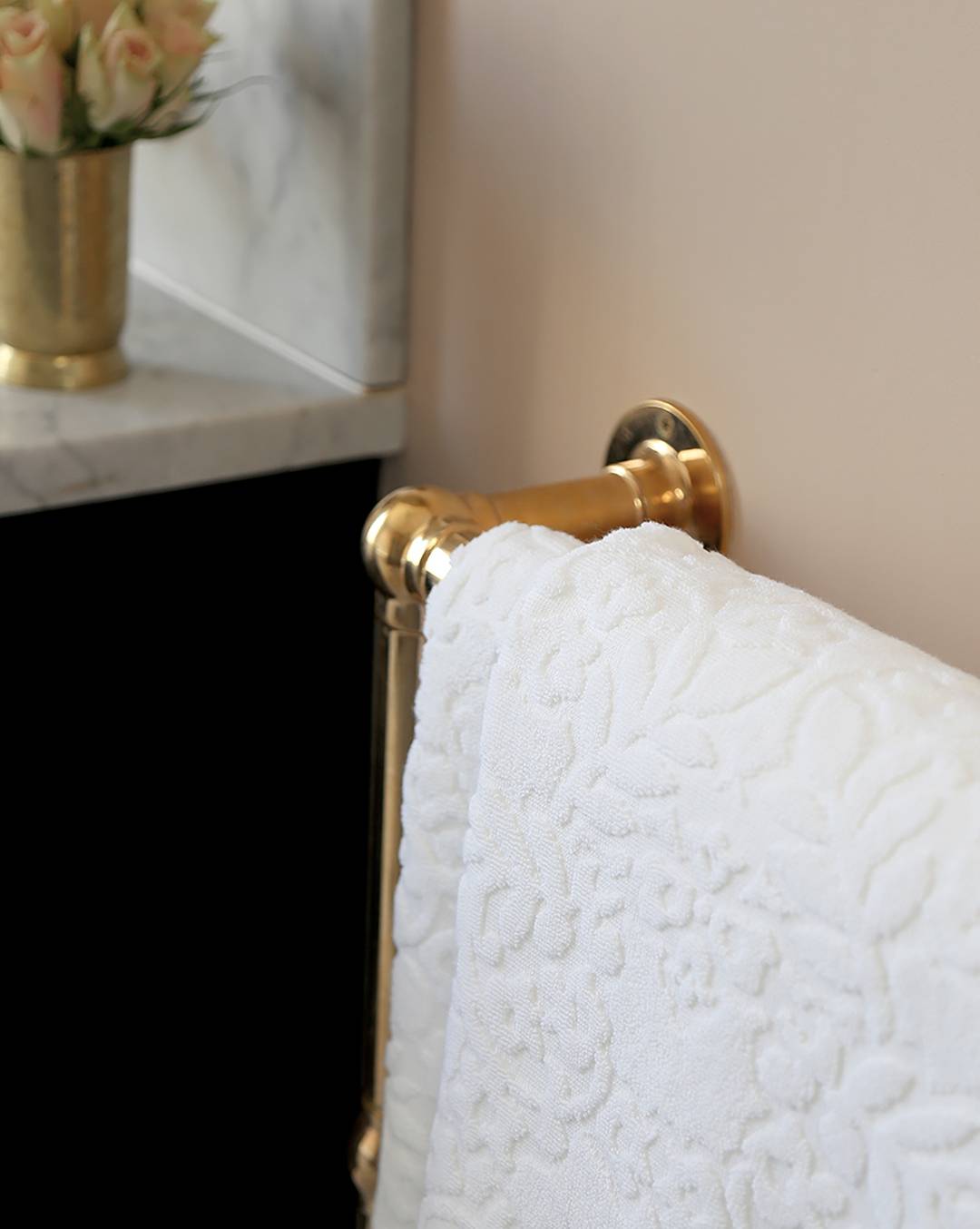
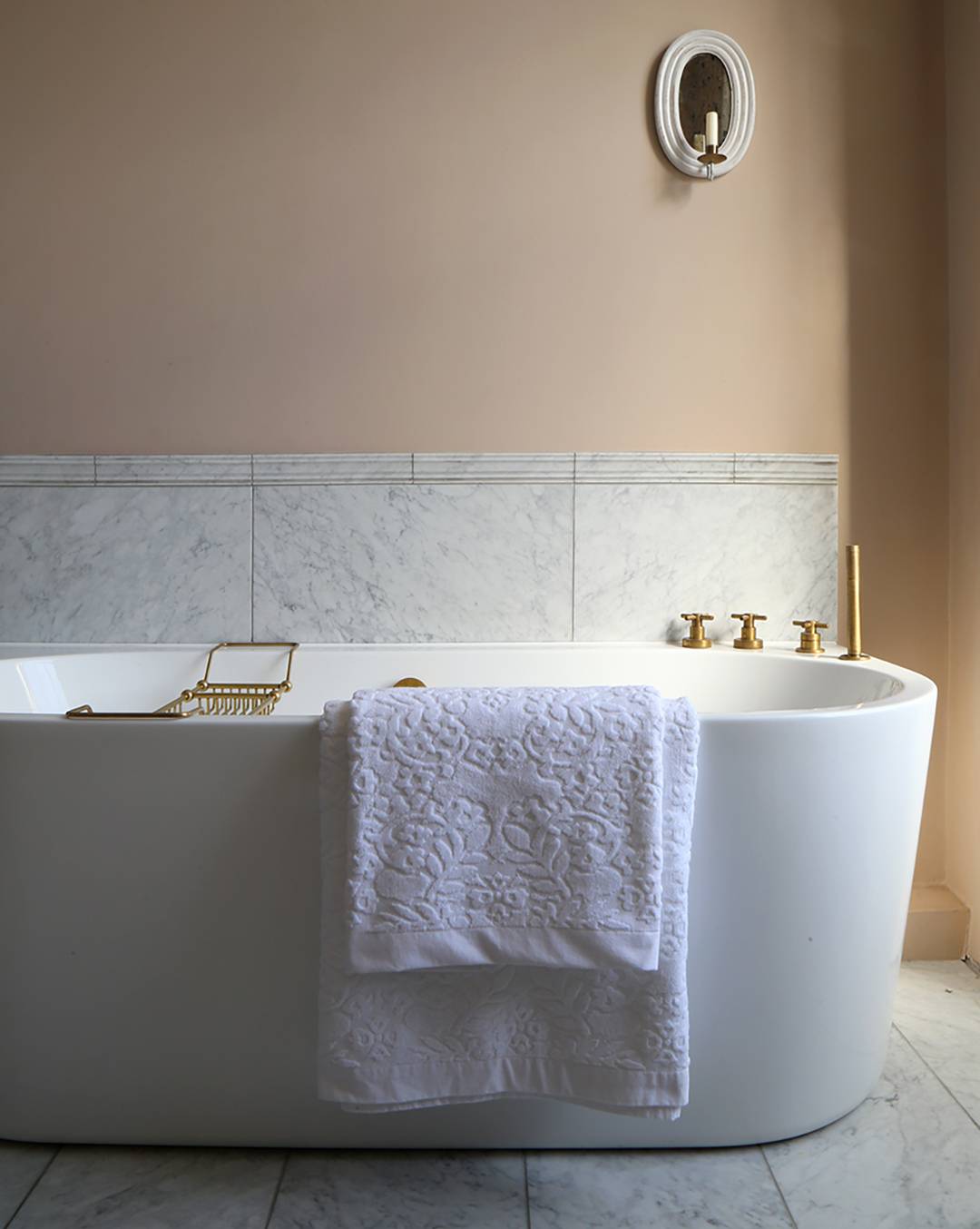
How To Create A Luxury Bath Towel
In order to produce luxury towels, small fibres and other impurities from the yarn must be removed, leaving only the longest and strongest threads. This results in a towel that is softer and stronger. Two strategies exist for doing this:
Carding
detangles the fibres but does not completely align them; as a result, the fibres have a tendency to branch out in different directions, producing a fluffy, extremely absorbent towel.
Combing
To create a very smooth and silky towel, the fibres are aligned as the fabric is spun using fine-tooth combs.
Aesthetic Considerations
The aesthetic aspect of bath linens reflects your personal style. Whether you prefer neutral colours, bold patterns, or subtle, elegant designs, your linens should match your bathroom decor.
Reed Family Linen’s Bath Linen Recommendations
Based on our expertise and extensive history in bath linen craftsmanship, we recommend the following:
- Long Staple Cotton Bath Linens: Unmatched in softness and durability.
- 600-700 GSM: For a luxurious and soft feel.
- Neutral Colors: Versatile for any bathroom decor.
- Classic Patterns: Timeless elegance that won’t go out of style.
By considering these recommendations, you’ll be well on your way to selecting the perfect bath linens that meet your preferences and expectations.
Caring for Your Luxury Towels
To “set” the cotton fibres, prewash towels after purchase in hot water, and be careful to separate coloured towels from white ones. Be aware that most towels require several washes to reach their full absorbency and softness.
The use of chlorine-based bleach should be avoided because it weakens the fibres and lowers the quality of the towels. Liquid non-bio detergents are a safer alternative to powders, which frequently contain bleaching agents, which are harmful to cotton. Additionally, we advise against using fabric softeners because they drastically reduce the absorbency of towels. Additionally, the yarn is coated by the fabric conditioner, which limits how much water the fabric can absorb.
It’s crucial to keep in mind that some common household items, including facial cleansers, benzoyl peroxide-containing creams, and even bathroom cleaners, can harm a towel if they come into contact with it. Before handling a towel, remember to thoroughly wash your hands to remove any remaining traces of these products. If any of these substances do come in contact with your towel, wash it gently before putting it through the washing machine.
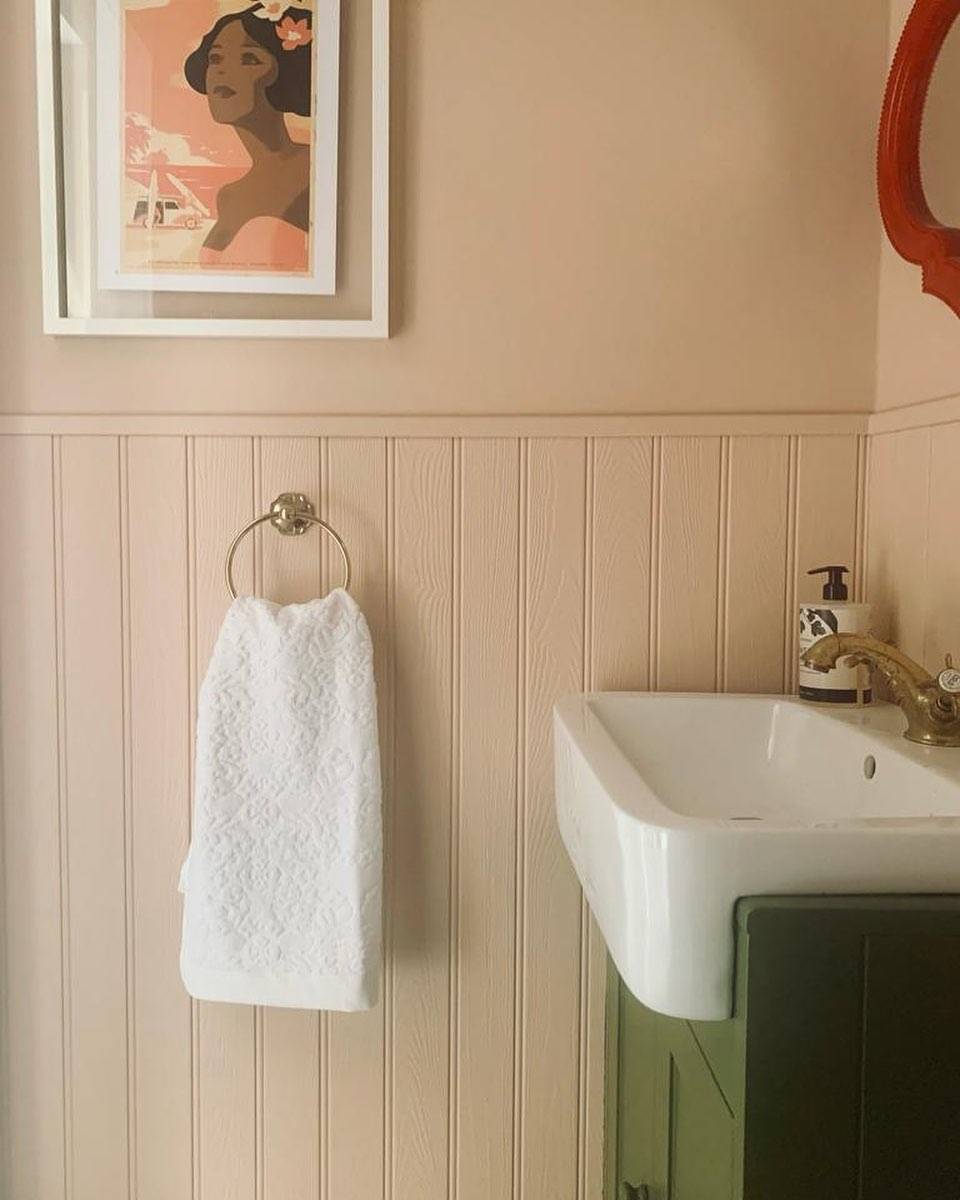
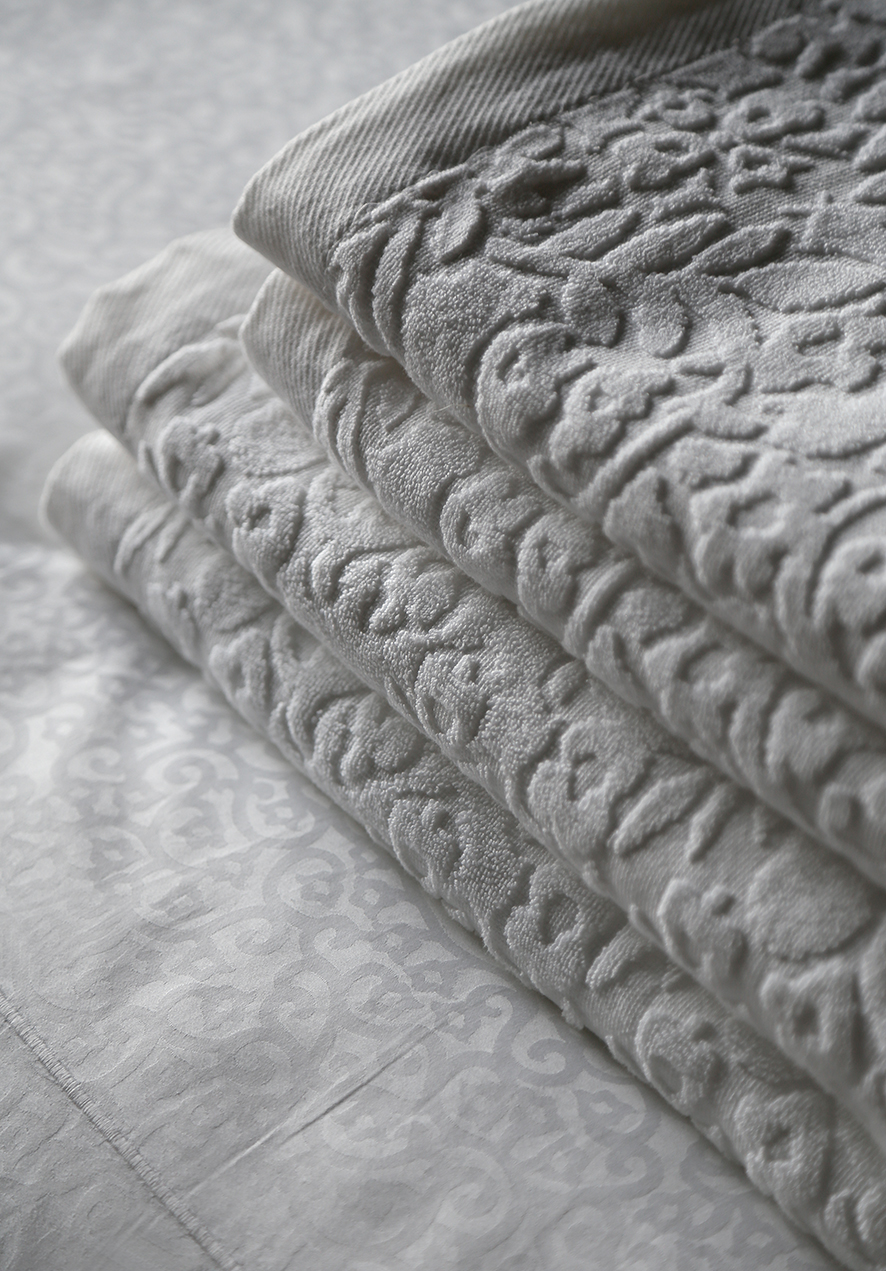
Washing Tips for Towels
It might take several washings and frequent use for your brand-new towels to become less linty and more absorbent. New towels frequently lint up. Due to the higher density of loops per square inch and the use of natural yarns, plusher pile towels tend to shed more. It is not an indication of a subpar towel. At two points in its lifespan, the towel can shed extra lint. When it first arrives, when it is breaking in, and when its life is coming to an end. Even though you can hasten the lint removal by washing and drying them, the lint will eventually disappear with continued use. If you discover that your new towel loses absorbency after use, you can wash it in distilled white vinegar. For instructions, see the section below. This can aid in the regular maintenance of a towel by allowing the fibres to breathe and absorb moisture. Natural vinegar softeners, aid in absorbency and keep towels residue-free.
It is advised to wash at 40°C with an eco-friendly detergent on a medium cycle before the item is used. Lint will decrease with continued washing and use, as noted. Put the towel through a regular wash cycle first if it doesn’t seem absorbent after use, then repeat the procedure with one cup of distilled white vinegar. Before adding towels, the vinegar should be added to your detergent dispenser or diluted with water, then proceed with the drying process, which will help the lint be captured.
Towels with less pile might only require one cycle, as described above. These towels typically lint less than other types. With use, pure linen towels will naturally become softer.
On coloured items, never use bleach or other bleaching agents. Don’t use detergents with optical brighteners. Avoid using fabric softeners because they coat the fibres and stop the fabric from breathing. Wash whites and colours separately, towels with towels, and whites with whites. Do not add too much detergent or overload your machine. Detergent residues will accumulate and prevent absorbency. In an average-sized washer, two to three towels should be washed at once. Avoid dry cleaning. Make sure washing powders and liquids are thoroughly diluted before washing because undiluted powders or liquids may cause stains or discolouration on fabric. Never directly pour liquid onto objects.
Should Towels Be Washed Before Use?
We would unquestionably advise washing a brand-new towel before using it. A towel should be washed at least once for hygienic reasons because it gets much more absorbent after that.
Loose Loops or Pulls on a Towel
Pulling loops is not a flaw in the towel; it can happen for any number of reasons. When exposed to sharp or catchy objects, washed with clothing with zippers or buttons, or both, towels with looser weaves or longer loops are more likely to pull. Avoid pulling; instead, use scissors to gently snip the pulled loop. The towel will not be harmed by doing this.
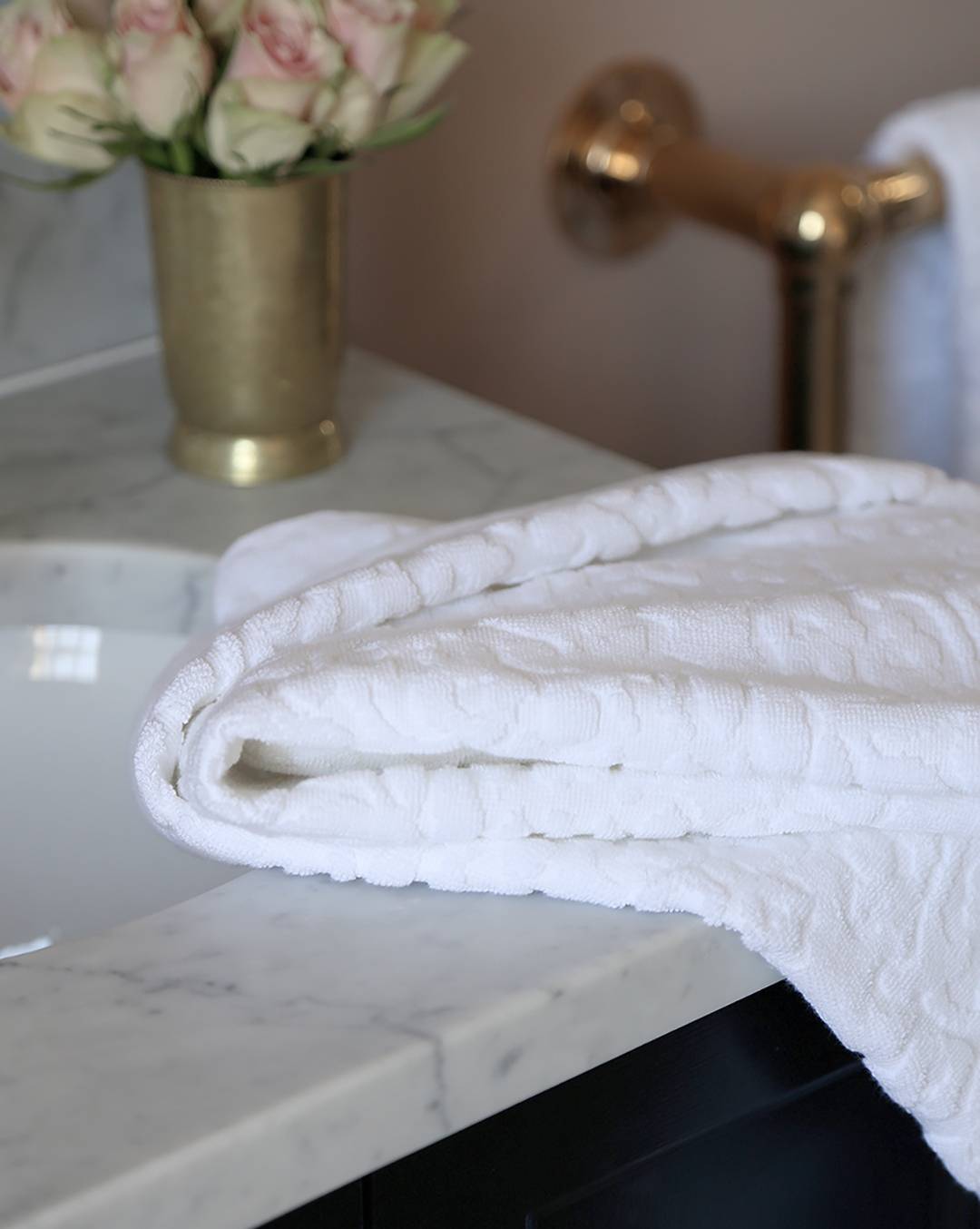
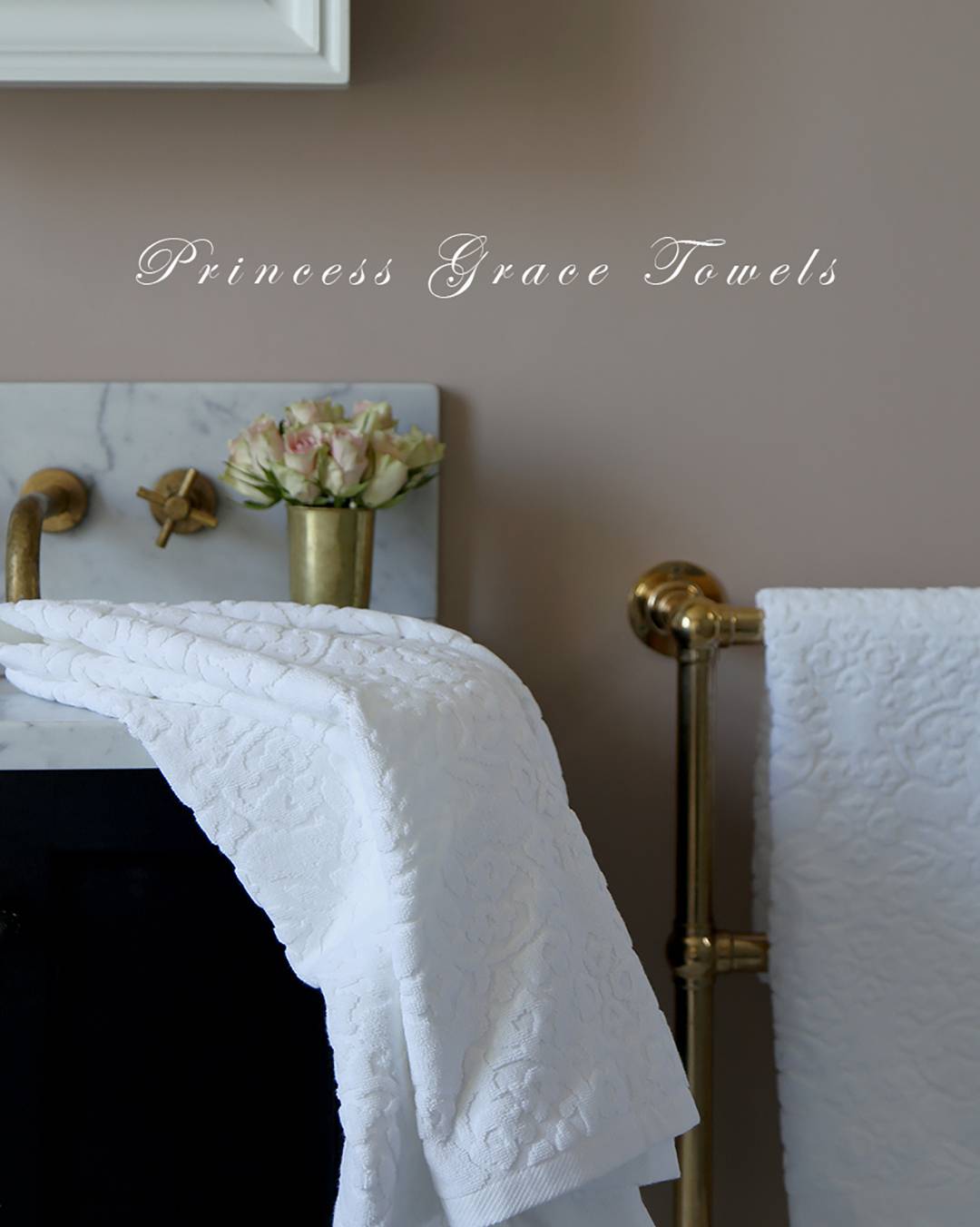
Drying Tips For Towels
Alternate between tumble drying and air drying, or use a lower heat setting. If the temperature is set too high, the towel’s plushness, lifespan, and integrity can all be negatively impacted. It’s best to start drying on the line and finish in the dryer. For the towel, fresh air is excellent. Once taken off the line, shake them to fluff up the fibres and remove extra lint. Don’t overfill the dryer; doing so prevents the towels from having a chance to puff up or breathe. When working the process or cycle of reducing lint, drying in a dryer does help because the dryer collects the lint. This functions in conjunction with the aforementioned wash procedure. Ensure that the lint filters are regularly cleaned.
Never overdry textiles, so do not keep them in the dryer after they are done. Over-drying damages fibres by removing their natural moisture content, making them brittle, and possibly causing premature product deterioration. Cotton towels may need a longer drying cycle, but linen towels will dry much more quickly. If line dried, they might seem crisp, but once used, they relax. If you prefer a softer handle, air dry it first and then dry it for the final ten minutes in the dryer.
Taking care of your bath linens is crucial to their longevity. Here are some tips for washing and drying:
- Use Mild Detergent: Avoid harsh chemicals that can damage the fabric.
- Gentle Cycle: Opt for a gentle wash cycle to prevent excessive wear and tear.
- Low Heat Drying: High heat can weaken the fabric over time, so use low heat settings.
Pro Tip: Add a cup of vinegar to the rinse cycle every few washes to maintain softness and absorbency.
Stain Tips for Bath Linen
Items like linen or towels can become bleached or change colour when certain cosmeceutical products (both prescription and over-the-counter chemist products like skin treatment creams) contain benzoyl peroxide. Benzoyl peroxide typically leaves behind yellowish, pinkish, orangey, or whitish marks. Leaching of colour may start immediately, seven days later, or after a few washings. Your bathroom linens may also be harmed by particular body creams and tanning lotions. These stains are irreversible on coloured items.
Stain Removal Techniques
Accidents happen, and stains are an unfortunate part of life. However, there are ways to tackle stains effectively:
- Act Quickly: The sooner you address a stain, the better the chance of removal.
- Spot Treatment: Apply a stain remover or a mixture of water and baking soda directly to the stain.
- Gentle Rubbing: Use a soft brush or cloth to gently rub the stain. Avoid vigorous scrubbing, as it can damage the fibres.
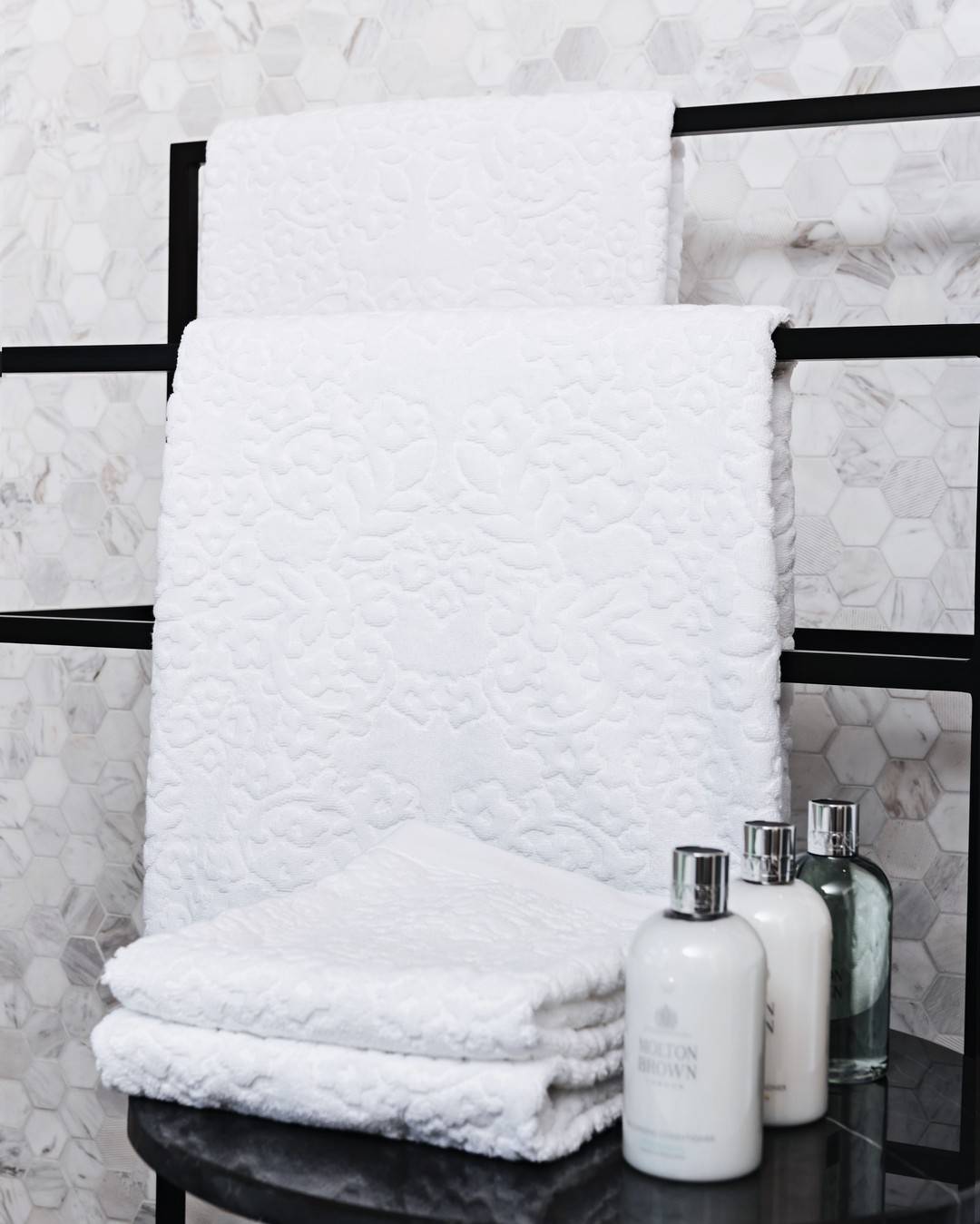
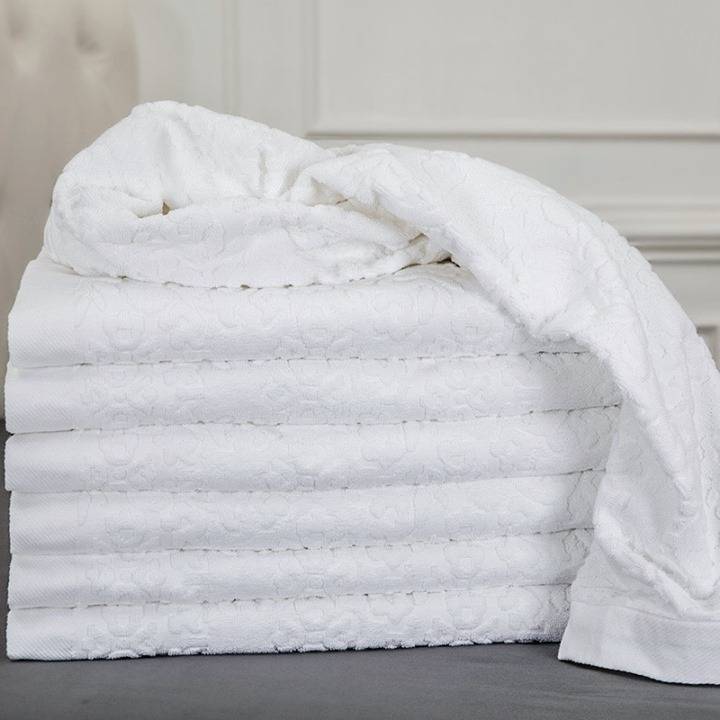
Storage Solutions For Your Bath Linens
Proper storage is key to keeping your bath linens fresh and ready to use. Here are some storage solutions:
- Airing: After use, hang your linens in a well-ventilated area to prevent moisture buildup.
- Fold with Care: When folding your linens, avoid sharp creases that can weaken the fabric.
- Keep Them Dry: Store your bath linens in a dry environment to prevent mould or mildew growth.
Following these care tips, you can ensure that your bath linens remain as beautiful and luxurious as the day you brought them home.
Expert Advice from Reed Family Linen
At Reed Family Linen, we’ve been in the business of crafting luxury bath linens for over a century. Our experts have learned valuable lessons along the way, and we’re excited to share some of their insights with you.
- For stubborn stains, consider making a paste with baking soda and water, then apply it to the stain and let it sit for a few hours before washing.
- To maintain the softness and fluffiness of your bath linens, add a couple of tennis balls to the dryer. They’ll help fluff up the linens as they tumble.
- If you live in a humid environment, periodically air out your stored linens and consider using moisture-absorbing packets to prevent mould and mildew.
Our experts are dedicated to helping you get the most out of your bath linens, and we’re constantly exploring new techniques and innovations to ensure that our customers have the best experience possible.
Reed Family Linen’s Signature Bath Linen Collections
Now that you’ve gained insights into the world of bath linens, we invite you to explore our signature collections. Our signature towel is a testament to the quality, style, and craftsmanship that has made Reed Family Linen a trusted name for over a century.
These collections are designed to cater to a variety of tastes and preferences. You’ll find linens that suit your unique style while indulging in the luxury that Reed Family Linen has been known for since 1852.
Conclusion
In conclusion, bath linens play a significant role in enhancing your daily rituals. By understanding the essence of luxury bath linens, making informed choices when selecting them, and caring for them properly, you can ensure that your linens provide a lifetime of comfort and elegance.
At Reed Family Linen, we take pride in crafting bath linens that are not just functional but also a reflection of your personality and style. We invite you to explore our collections, and as you do, you become a part of the legacy that has made us a trusted name in luxury linens for over a century.
We encourage you to visit our website to explore our bath linen collections and discover the luxury that has been cherished since 1852. Our ongoing promotions and special offers await you. Join us on social media for updates and exclusive content.
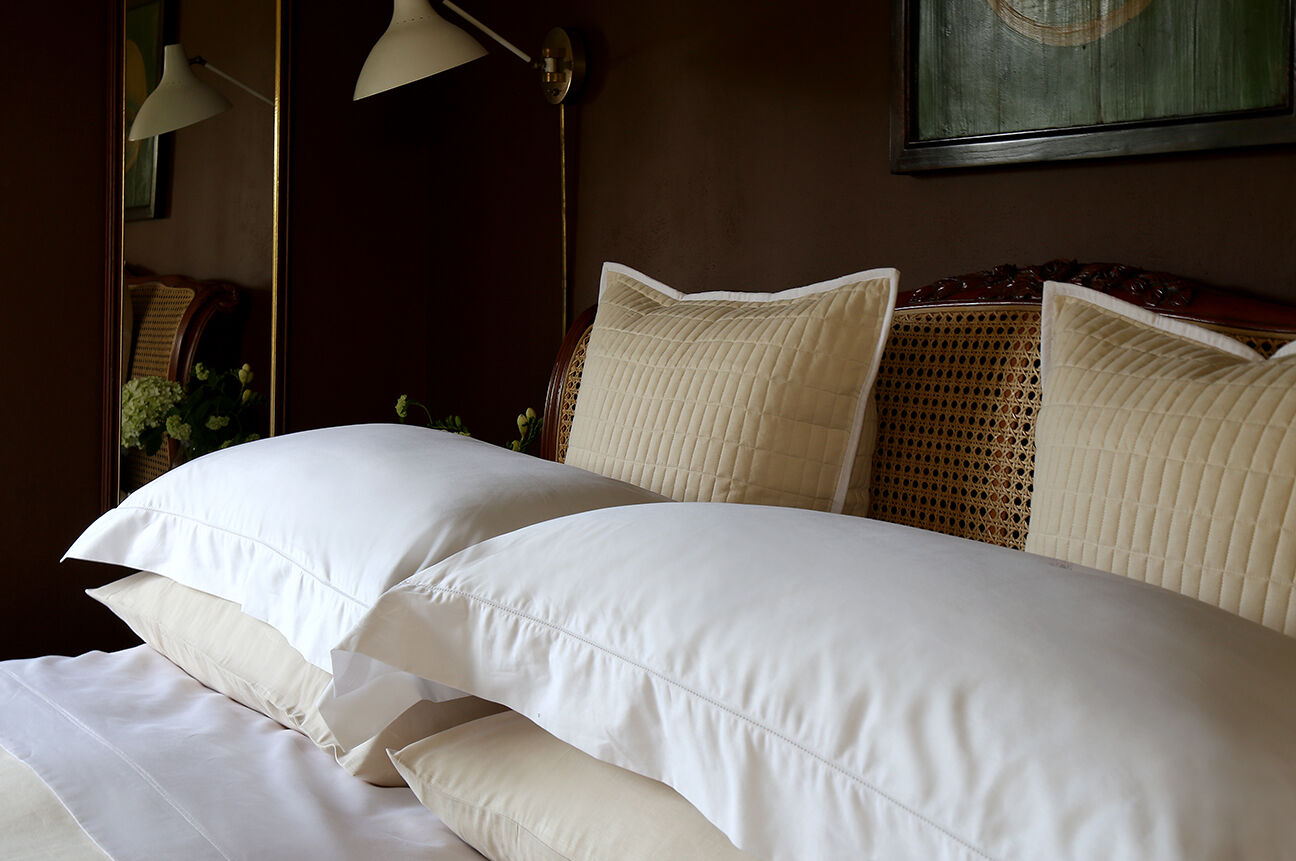
Monthly Inspiration
Join our family to be the first to receive our latest stories and inspiration.

